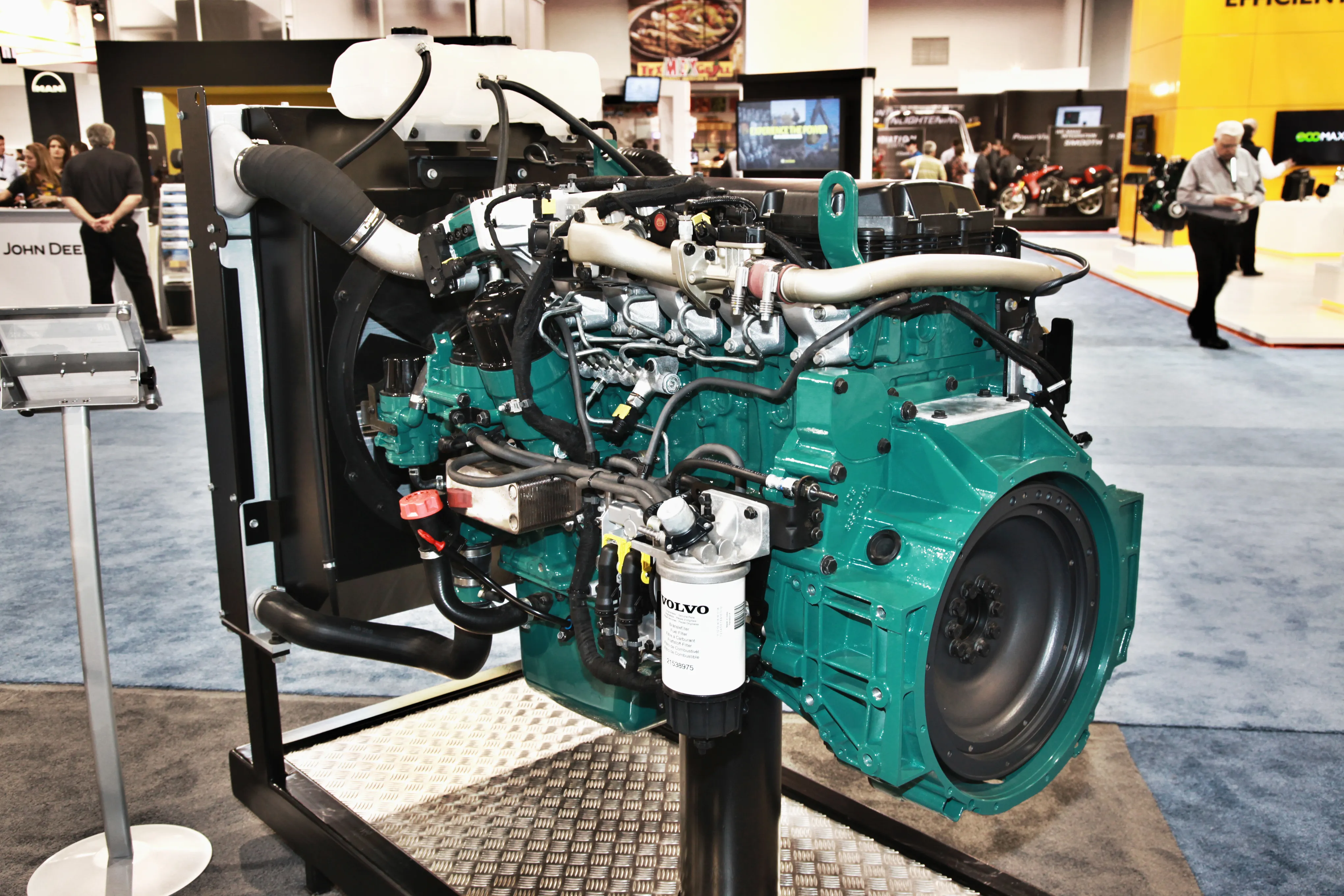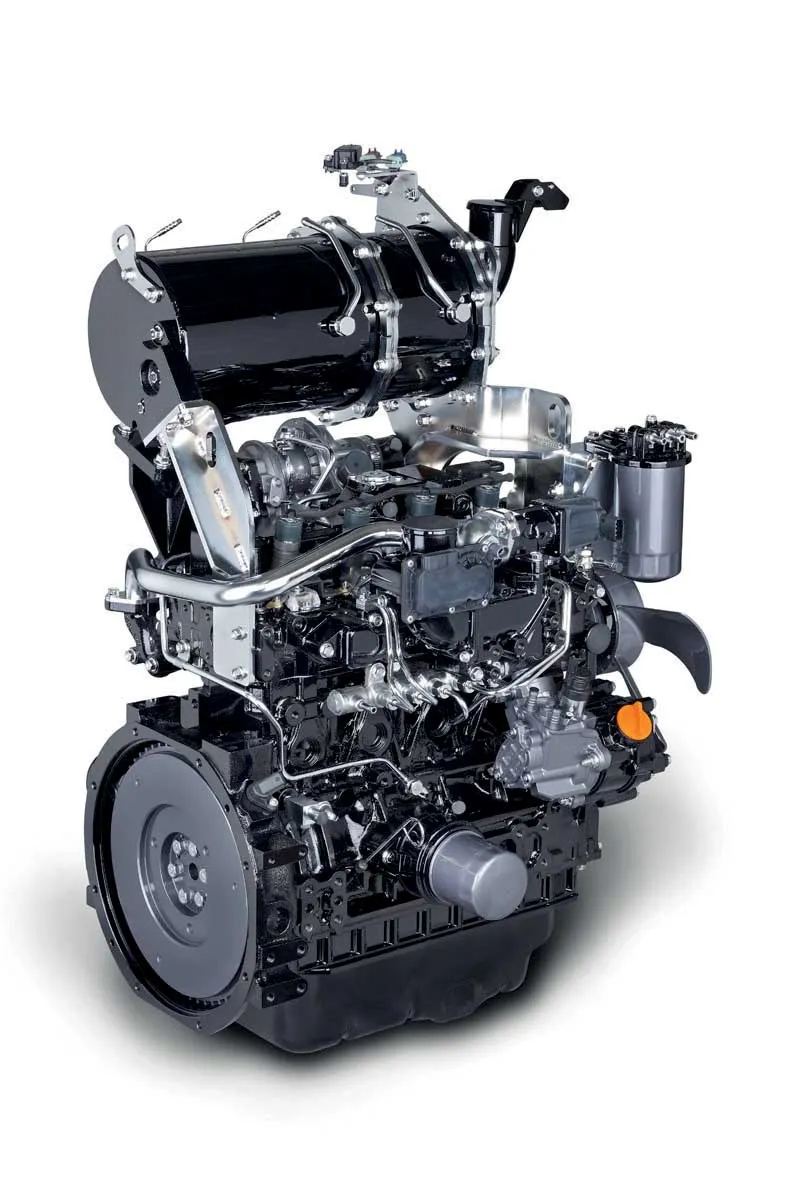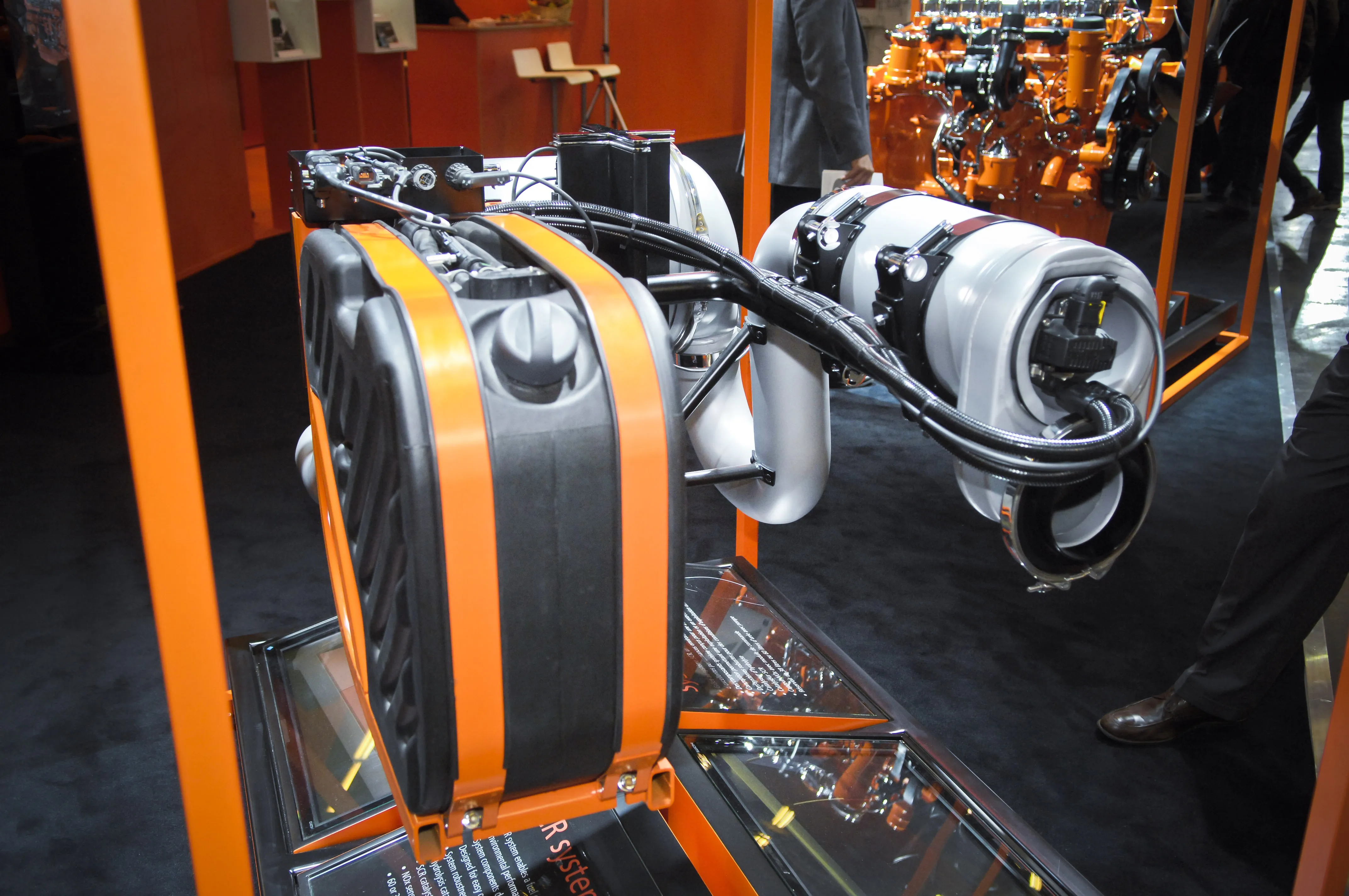
Cummins QSB6.7 mid-range achieves an impressive 231kW peak power at 2,200rpm, with ratings available down to 109kW. The QSB6.7 uses the Cummins Compact Catalyst-Selective Catalytic Reduction (CCC-SCR) after treatment system to meet the forthcoming requirements.
Heavy-duty power will be highlighted by the QSX15 rated up to 503kW at 2,100 rpm with a peak torque of almost 2800Nm. The QSX15’s after treatment system combines the Cummins Particulate Filter with Selective Catalytic Reduction (CPF-SCR).
“Cummins will be ready to meet the near-zero level of emission regulations with the most productive engine range we have ever had available for our construction equipment customers,” said Bryden Clewlow, director of Cummins off-highway sales Europe.
“Our in-house technology expertise also extends to high-pressure common rail fuel systems, filtration systems, electronic controls and variable geometry turbocharging to fully optimise engine performance.”
%$Linker:
Hall: 5B Stand: M027








